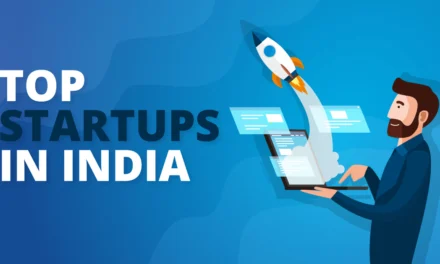Introduction
The rapid evolution of web applications is revolutionizing 2025, transforming industries across the globe. As we step into this new era, businesses and consumers alike are witnessing groundbreaking innovations in web app technology. These advancements are reshaping how we work, create, shop, and communicate, setting the stage for a more connected and efficient future.
Virtual Reality (VR) Collaboration Platforms in web applications
Web applications enabling immersive VR workspaces are revolutionizing remote collaboration. These platforms offer virtual meeting rooms accessible directly through browsers, eliminating the need for complex software installations.
Example: Spatial is a leading platform providing browser-based VR workspaces, enhancing team collaboration and boosting productivity.
AI-Powered Content Creation Tools in web applications
Artificial intelligence is increasingly being integrated into content creation processes. Web apps leveraging AI help generate diverse content, from written articles to music compositions, streamlining workflows for creators and marketers.
Example: Jasper AI is an AI-powered platform designed to assist users in crafting high-quality content efficiently.
Progressive Web Apps (PWAs) Enhancing User Experience in web applications
PWAs are bridging the gap between web and native applications, offering offline functionality and faster load times. They deliver app-like experiences without requiring installation, making them ideal for e-commerce and service-based businesses.
Example: AliExpress successfully implemented a PWA, improving performance and user engagement on its platform.
Super Apps Integrating Multiple Services
Super apps consolidate various services such as messaging, payments, and e-commerce into a single platform. This all-in-one approach is gaining traction globally, providing users with convenience and seamless digital experiences.
Example: WeChat is a widely recognized super app integrating messaging, mobile payments, and online shopping within a single application.
Augmented Reality (AR) in E-Commerce
AR-powered web applications are transforming online shopping by allowing customers to visualize products in their environment before purchasing. This technology enhances consumer confidence and reduces return rates.
Example: IKEA Place is an AR app enabling users to virtually place furniture in their homes, improving their online shopping experience.
Conclusion
Emerging web applications are redefining the digital landscape in 2025. From VR collaboration platforms to AI-driven content tools, these innovations are streamlining operations and enriching user experiences. Businesses can stay competitive by embracing these cutting-edge technologies, ensuring they remain at the forefront of the digital revolution.





